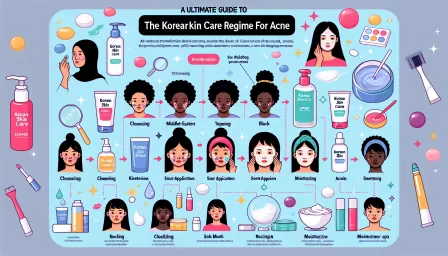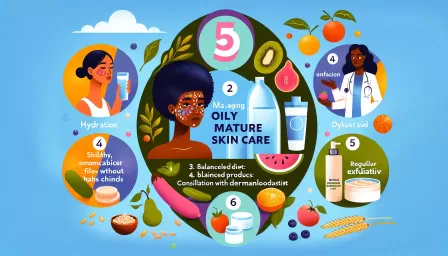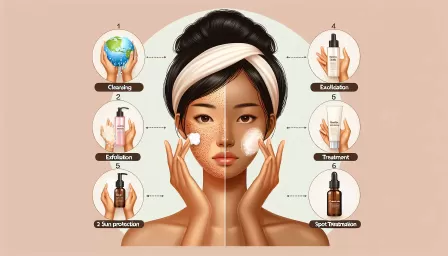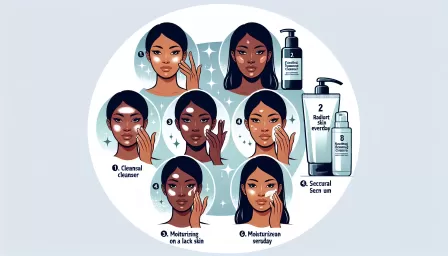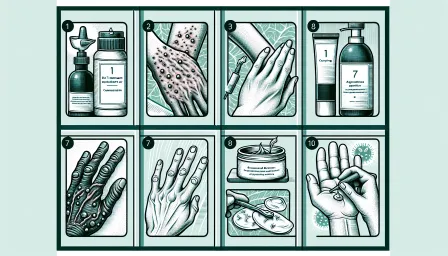The Ultimate Guide: Applying Tretinoin Before or After Moisturizer?
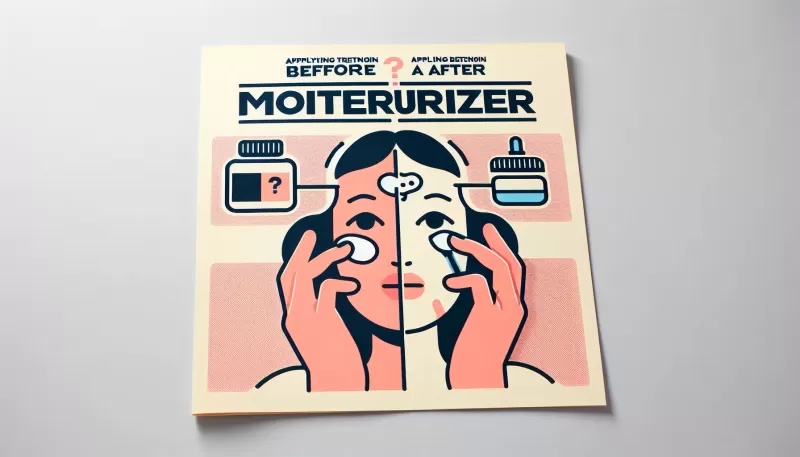
Uncover the optimal way to apply tretinoin in your skincare routine. Learn whether to use tretinoin before or after moisturizer for best results.
In the quest for youthful, radiant skin, tretinoin emerges as a cornerstone ingredient in many skincare routines. However, a common question persists among users: "Should you apply tretinoin before or after moisturizer?" This article delves into a comprehensive analysis of how tretinoin works, the importance of its order of application, and the best practices for incorporating it into your skincare regime for optimal results. We aim to provide a well-informed perspective that clarifies any confusion and empowers you with knowledge to take control of your skincare journey.
Understanding Tretinoin
Tretinoin, a derivative of Vitamin A, is renowned for its potent ability to treat acne, reduce the appearance of fine lines, and improve skin texture and tone. However, its power comes with a caveat: tretinoin can cause skin irritation, dryness, and peeling, particularly when introduced into a skincare routine.
The Role of Moisturizer in Your Skincare Routine
Moisturizer is an essential part of any skincare regimen, helping to hydrate the skin and lock in moisture. This is especially important when using tretinoin, as it can increase the skin's sensitivity and propensity for dryness. Utilizing a moisturizer can mitigate these side effects and enhance the overall health and appearance of your skin.
Tretinoin Before or After Moisturizer?
The debate on whether to apply tretinoin before or after moisturizer is a testament to its critical role in a skincare routine. Let's explore both approaches to determine which might be best for you:
Applying Tretinoin Before Moisturizer
Applying tretinoin directly to clean, dry skin - and before moisturizing - is a common recommendation. This method ensures that tretinoin absorbs efficiently without any barriers, potentially maximizing its efficacy. However, for those with sensitive skin, this approach may heighten irritation.
Applying Tretinoin After Moisturizer
Alternatively, applying moisturizer before tretinoin may offer a buffer that lessens skin irritation. This method, known as "buffering," can be especially beneficial for new users or individuals with sensitive skin. Buffering does not significantly diminish the effectiveness of tretinoin but can greatly improve tolerability and comfort.
Best Practices for Using Tretinoin in Your Skincare Routine
When incorporating tretinoin into your skincare regimen, consider the following best practices:
- Start Slowly: Begin with lower concentrations of tretinoin and gradually increase as your skin adjusts.
- Monitor Your Skin's Reaction: Pay close attention to how your skin responds to tretinoin and adjust your routine accordingly.
- Use Sunscreen Diligently: Tretinoin can increase skin's sensitivity to sunlight, making daily sunscreen application (SPF 30 or higher) non-negotiable.
- Consult a Dermatologist: Before starting tretinoin, consult with a dermatologist to ensure it's the right choice for your skin type and concerns.
Conclusion: Making an Informed Decision on Tretinoin Usage
Deciding whether to apply tretinoin before or after moisturizer is not a one-size-fits-all answer. It depends on several factors, including your skin type, sensitivity levels, and desired outcomes. Experimenting with both methods under the guidance of a dermatologist can help you determine which approach is most beneficial for your skin. Remember, the goal is not only to achieve visible results but also to maintain the overall health and integrity of your skin.
By understanding the nuances of tretinoin application and observing best practices, you can unlock the maximum potential of this powerful ingredient in your skincare regimen. Patience, consistency, and attentive care are key to navigating the journey to radiant, healthy skin with tretinoin.






